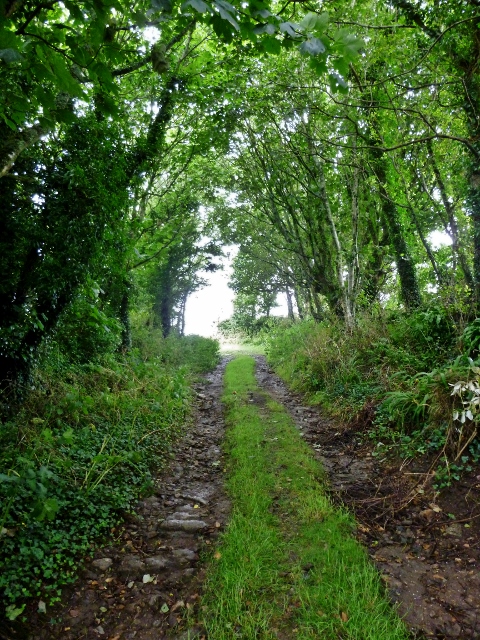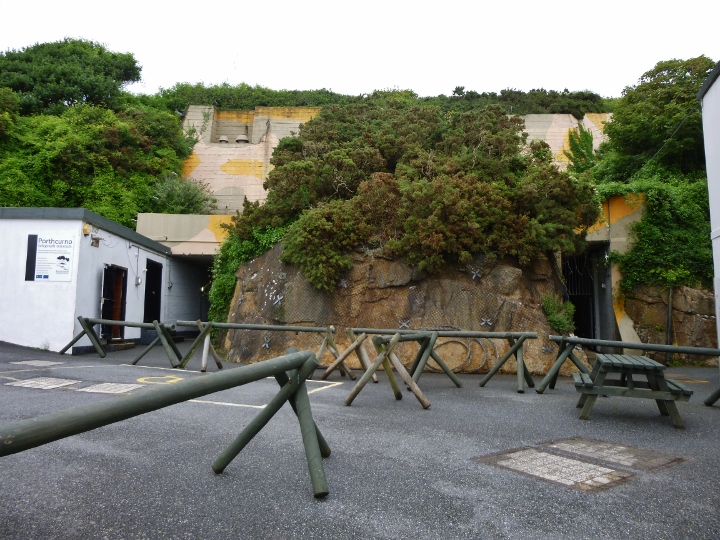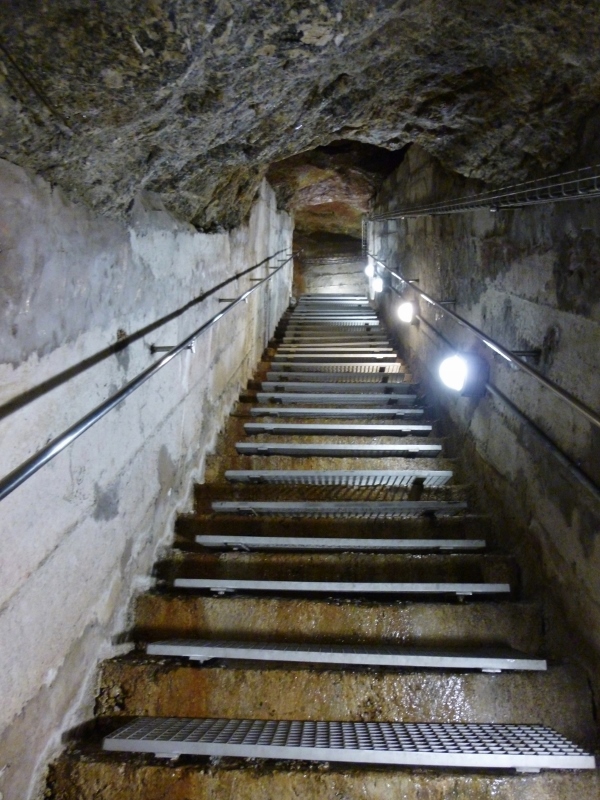St Levan is a parish in the far west of Cornwall, close to Lands End and 8 miles south west of Penzance.
| Name | Occupation | Posted from | Until |
|---|---|---|---|
| Sergeant John Laity | Dairy farmer |
03 Dec 1942 | 03 Dec 1944 |
| Private Lewis Gilbert Hosking | Threshing machine driver |
15 Jul 1940 | 03 Dec 1944 |
| Private Arthur Nelson Hosking | Dairy farmer |
03 Jun 1940 | 03 Dec 1944 |
| Private Henry Laity | Dairy farmer |
20 Mar 1943 | 03 Dec 1944 |
| Private William Cyril Thomas Lane | Horseman |
20 Jun 1940 | 03 Dec 1944 |
| Private Norman Matthews | Farm worker |
02 Feb 1942 | 03 Dec 1944 |
| Private Joseph Semmens | Farmer |
23 Feb 1943 | 03 Dec 1944 |
| Private John Williams | Unknown | Unknown |
It is thought that the Operational Base has been destroyed or removed as nothing remains.
The Operational Base was dug out and built by the Patrol, at night, by hand and in secret. Made of a heavy gauge Nissen hut and set into a bank, it was entered by crawling through what appeared to be a fox or badger hole. The Patrol never slept at the OB which was remembered as being very dry.
Norman Matthews recalled: "The Base was positioned on an old Roman road at Crean Hill near St Buryan. It was 11 foot deep and 18 foot long with a built in escape tunnel. It had a wooden floor and walls with an arched galvanised roof. There was about 4 foot of soil on top and turf and hawthorn trees were planted on top to camouflage. Furniture consisted of a table with two wooden forms".
St. Levan Patrol
Porthcurno, within the Parish of St Levan, housed a vital centre of communications at the International Telegraph Station of Cable and Wireless. With 14 working cables running world wide, it was the most important cable station in the British Empire.
Realising that a successful attack of Porthcurno would sever Britain's communications with the outside world, the Company dug out tunnels for an underground station.
It is assumed that this would have been heavily defended but is a possible target after invasion.
As time went on an elaborate scheme of defence was built up with over 300 troops in the area guarding the branch. The valley was declared a Protected Place and passes were only issued to anyone who had a right to be there. An un-scalable fence was constructed around the tunnels and flame throwers could be turned on at the entrances.
Mr W F A Bell, the Telegraph Station Superintendent, recalled several false alarms and sleepless nights and many mock attacks. St Levan Patrol could have been charged with testing the Station's defences.
Interestingly Mr Bell had orders to sabotage the Station himself before allowing it to fall into enemy hands.
The nearby radar stations of RAF Sennen were first established as a mobile radar unit at Trevescan Farm in November 1940. A more permanent system was established when the RAF took over land at Little Skewjack and for a time towering masts, over 300ft high, began to dominate the landscape. Finally established in 1942, the earth covered concrete bunkers of the “Chain Home Low” station were a known target in other areas.
It is assumed they were issued with the standard kit, arms and explosives.
It was remembered by Auxilier Norman Matthews that the Patrol stored; " ½ a ton of TNT, 8cwt of Nobel 808 explosives along with 124 bottles of phosphorus Molotov cocktails, Cortex explosive fuse, orange line fuse (remembered as burning 10 foot a second), Bickford fuse (2 foot a second) and time pencils (Yellow, Blue and Red).
2 ½ lbs dynamite attached to a magnet was used as an anti-tank weapon.
Each Auxilier was issued with a Sten gun a .45 Colt revolver and a .303 rifle. The Patrol had one sniper rifle, fitted with a telescopic sight and plenty of ammunition which was stored at the OB".
Sergeant Jack Laity was approached by Group Commander Lieutenant Reggie Sandow of Trencrom Patrol to form the St. Levan Patrol. The recorded date of Jack joining Auxiliary Units is December 1942, so this may be a later Patrol containing a few Auxiliers from a previous Patrol.
TNA ref WO 199/3391
Hancock data held at B.R.A
Alwyn Harvey and Defence of Britain Database.
Porthcurno in Wartime by W Bell and Porthcurno Telegraph Museum.
Information from Denys Matthews, son of Auxilier Dick Matthews of Madron Patrol. Undated article in The Cornishman, Auxilier Norman Matthews, The National Monuments Record.


